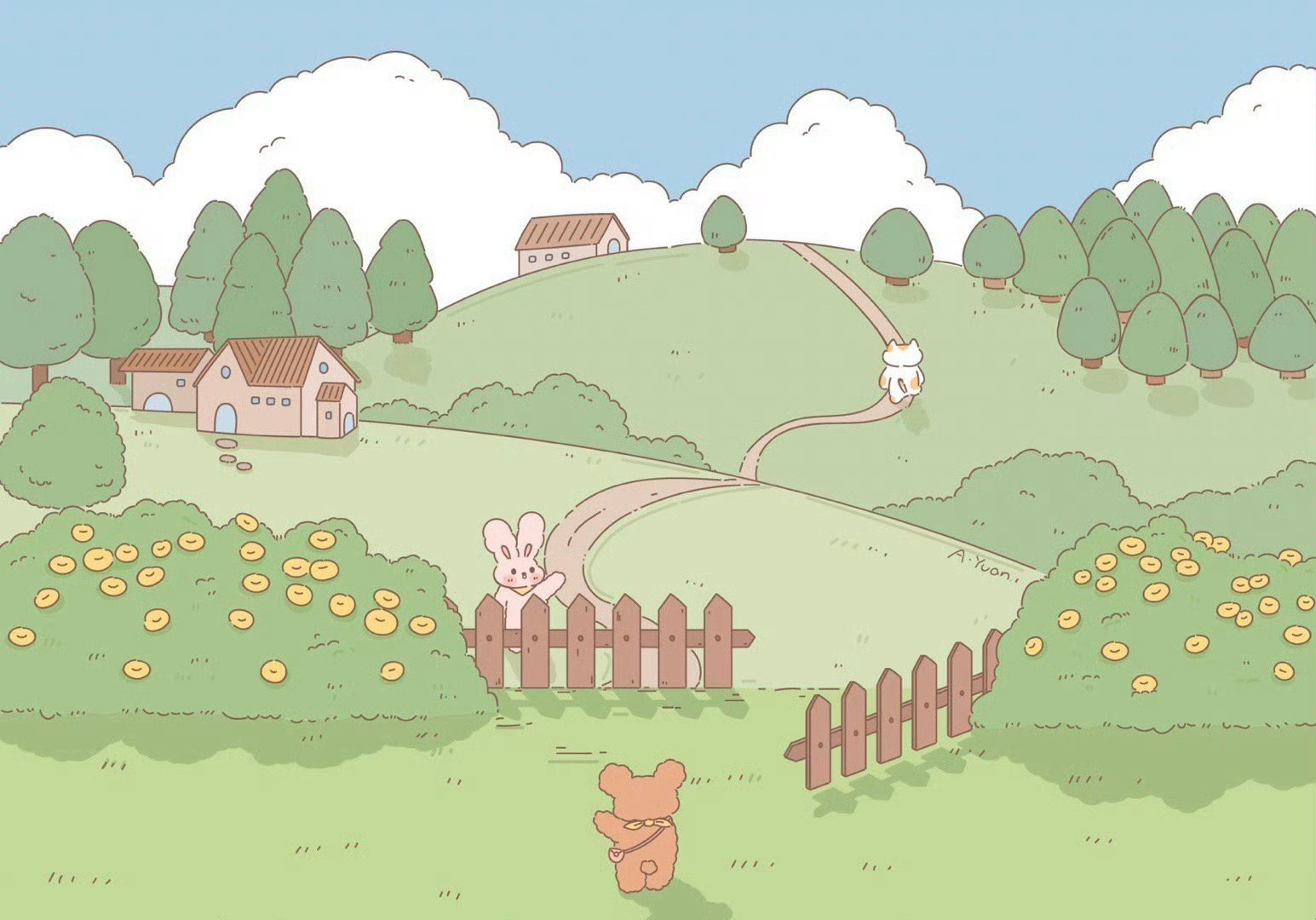VD 其实就是一个 JS 对象,包括 tag(标签名),props(属性),children(子元素对象)。
{
tag: "div",
props: {
className: "wrapper"
},
children: {
"Hello World!",
{}
}
}上面的 VD 对应的就是下面这段 HTML:
<div className="wrapper">Hello World!</div>当 html 内包括多个子元素时:
<div className="wrapper">
Hello World!
<ul>
<li className="list-item">hh</li>
</ul>
</div>
{
tag: "div",
props: {
className: "wrapper"
},
children: {
"Hello World!",
{
tag: "ul",
props: null,
children: {
tag: "li",
props: {
className: "list-item"
},
children: ["hh"]
}
}
}
}我们在写代码时都会写到一个 render 函数,里面写的是页面的 html 模版,然后实现 VD 与实际 DOM 的映射。
function render() {
const _html = (
<div className="wrapper">
Hello World!
<ul>
<li className="list-item">hh</li>
</ul>
</div>
);
return _html;
}通过 JSX 编译之后生成:
function _render() {
var _html = createElement(
"div",
{
className: "wrapper",
},
"Hello World!",
createElement(
"ul",
null,
createElement(
"li",
{
className: "list-item",
},
"hh"
)
)
);
return _html;
}这里面的createElement其实就是构造 VD 的函数,返回的就是我们的 VD 对象:
function flatten(arr) {
return [].concat.apply([], arr);
}
// 至少三个参数,children可能是数组所以需要对children进行jie gou
function createElement(tag, props, ...children) {
return {
tag,
props: props || {},
children: flatten(children) || [],
};
}


